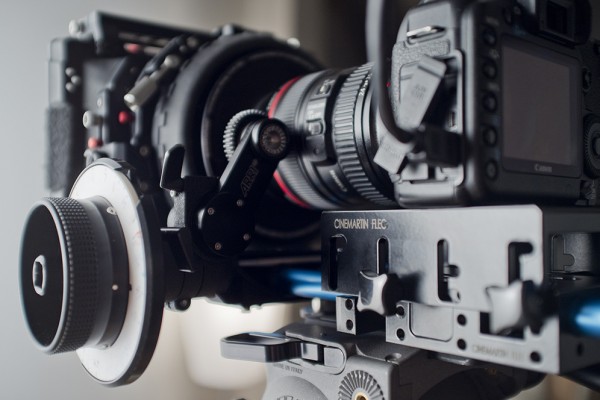Blackmagic Design has announced that Los Angeles-based visual effects (VFX) house Trick Digital used its VFX and motion graphics software, Fusion Studio, on the film The Last Movie Star.
Starring Burt Reynolds, “The Last Movie Star” follows an aging, former movie star as he faces the reality that his glory days are behind him. Also starring Ariel Winter, Chevy Chase, Clark Duke and more, “The Last Movie Star” is written and directed by Adam Rifkin and was recently released by A24.
VFX Supervisor Adam Clark and his team at Trick Digital were tasked with doing the VFX for the film, including a number of complex sequences that place Burt’s character, Vic Edwards, in some of Burt’s real-life notable films, such as “Smokey and the Bandit” and “Deliverance.”
Director Adam Rifkin explained, “Although technically it’s a fictional story about faded fame and growing old, the character of Vic Edwards is clearly based on the real Burt Reynolds. As a result, I wanted to use famous scenes from some of Burt’s most iconic films to show the juxtaposition between Burt in his prime and the Burt of today. In these fantasy sequences, old Vic confronts a cocky young Vic about his reckless choices. He tries to give his younger self advice about slowing down, but of course it all falls on deaf ears.”
“For those scenes, we used Fusion Studio to composite out the other actors and add modern day Vic,” Clark said. “For example, in one scene Vic is traveling down the road with Lil, Ariel Winter’s character. He begins to nod off and all of a sudden, he’s back in ‘Smokey and the Bandit,’ traveling down the road in the passenger side of the Trans-Am with his younger self in the driving seat as Bandit.
“To achieve that, we first used Fusion Studio to rotoscope Sally Fields out of the shot. However, since her hair was blowing in the wind and she’s moving across the car in the shot, we ended up having to completely replace the background. This meant using Fusion Studio to rotoscope Burt’s Bandit character out of the shot and then rotoscoping him back in, along with Vic. We used Fusion Studio’s rotoscope and keying tools to do this frame-by-frame. We also used some of its paint features to make the background consistent, replacing signs and removing repetitious images that were looped.”
Trick Digital also used Fusion Studio on a similar sequence where they inserted Vic and removed Jon Voight’s character from a canoe in “Deliverance.”
“For the scene, Burt was shot against a green screen and we used Fusion Studio to key him in the frame after we rotoscoped Jon out,” Clark continued. “Since it was in a canoe, it was a trickier to match Vic’s motions so they’d look natural as the canoe rocked. We ended up animating different segments of his body so they’d naturally move with the canoe as it floated down the river. We then used Fusion Studio to paint in water around Vic to blend with river, as well as remove parts of the background when needed. Once Vic was in the canoe and looking natural, we used Fusion Studio to add back in some of the details that were removed during the composite, such as a fishing line that’s across him.”
Clark and his team also used Fusion Studio for VFX sequences such as changing locations, building new exteriors, replacing signs and landmarks, and more.
“We relied heavily on Fusion Studio’s painting, tracking, rotoscoping and keying tools for our work on the film,” Clark concluded. “We also used DaVinci Resolve Studio within our workflow to pull and insert VFX plates.”




